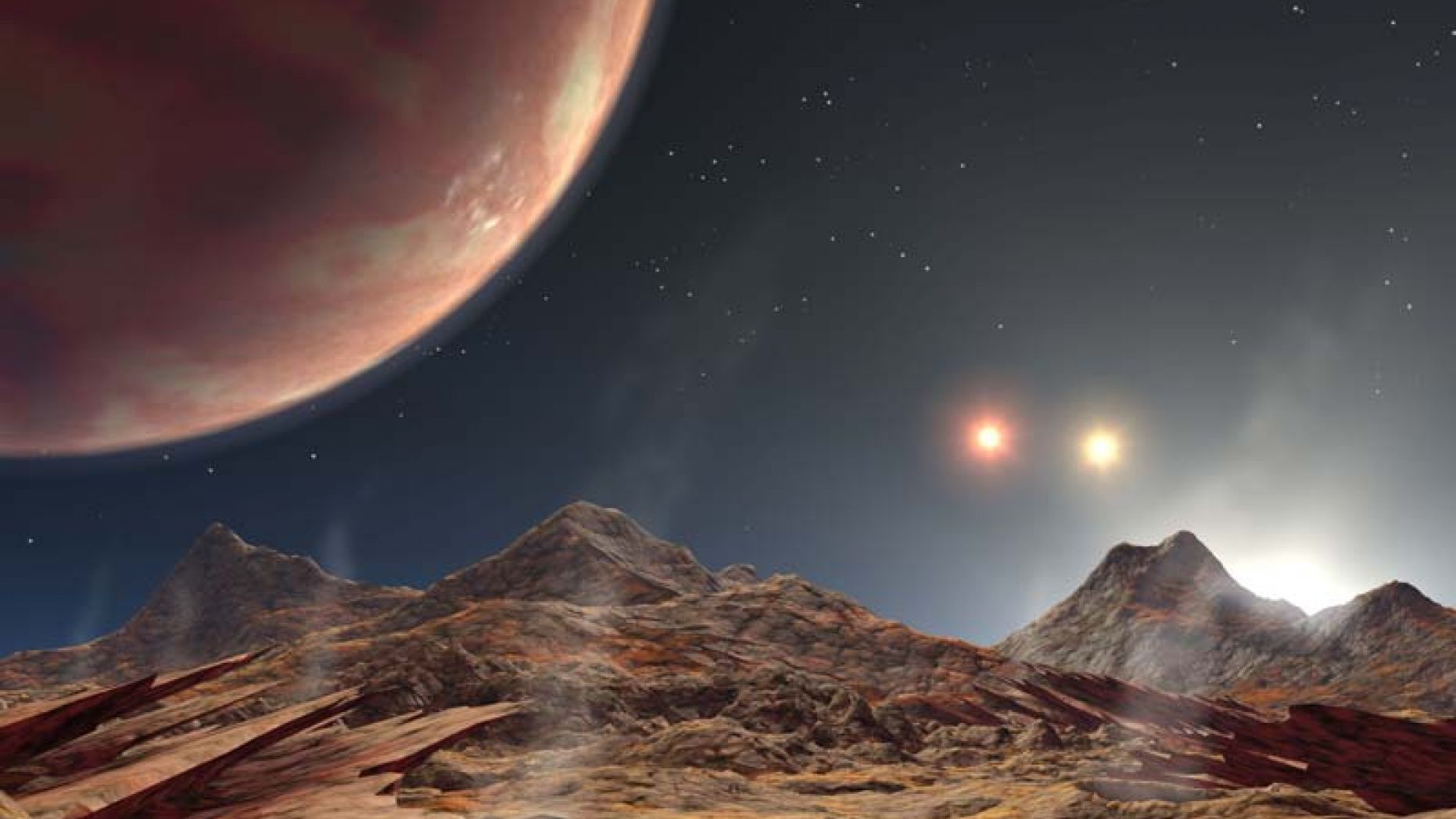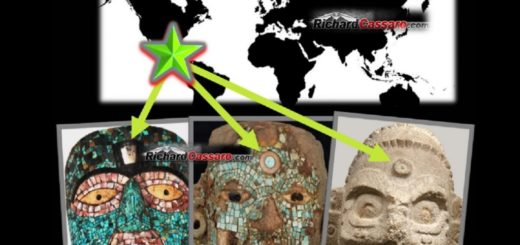Having multiple suns doesn’t doom a planet to an early death

Luke Skywalker’s backstory may not be so fanciful after all.
Some alien planets in multiple-star systems — such as the two-sun Tatooine, Luke’s home world in the “Star Wars” universe — may indeed nestle in orbits that are stable for long stretches of time, a new study suggests.
In the study, researchers ran more than 45,000 computer simulations, examining where planets of various masses and dimensions could exist in two- and three-star systems. Planets have been discovered in such systems, but just how long they can remain in their orbits before gravitational interactions send them crashing into one of their host stars, or careening out into interstellar space, remains a topic of considerable debate. [The Strangest Alien Planets (Gallery)]
Now, the stable-orbits proponents have some more evidence to cite.
“We ran the simulations for periods ranging from 1 million to 10 million years, in order to see if the systems are stable over very long periods,” study lead author Franco Busetti, of the School of Computer Science and Applied Mathematics at the University of the Witwatersrand in South Africa, said in a statement.
“The analysis shows that most configurations had large enough stable regions for planets to exist,” added Busetti, who presented the results Monday (June 4) at the 232nd meeting of the American Astronomical Society in Denver. “Many of these areas are actually very habitable for planets.”
Fewer than 40 three-star planets are known. But the new study, which has been submitted to the journal Astronomy & Astrophysics, could help astronomers find more, Busetti said.
“It could assist in selecting suitable candidates for a survey of such systems and guide the observational searches for them,” he said. “The geometry of the stable zone indicates not only where to look for planets but how to look.”
About 3,700 exoplanets have been discovered to date, most of them by NASA’s Kepler space telescope. Kepler’s long and storied run will soon come to an end, but the alien-world finds will keep rolling in.
For example, NASA’s Transiting Exoplanet Survey Satellite, which launched in mid-April to hunt for worlds circling stars in the sun’s neighborhood, is expected to exceed Kepler’s tally eventually. And Europe’s star-mapping Gaia spacecraft will likely spot thousands of exoplanets as well, European Space Agency officials have said.



 Creators of mankind
Creators of mankind Description of “Tall white aliens”
Description of “Tall white aliens” Where they came from?
Where they came from? About hostile civilizations
About hostile civilizations The war for the Earth
The war for the Earth “Tall white aliens” about eternal life
“Tall white aliens” about eternal life Video: “Nordic aliens”
Video: “Nordic aliens” Aliens
Aliens Alien encounters
Alien encounters The aliens base
The aliens base UFO
UFO Technology UFO
Technology UFO Underground civilization
Underground civilization Ancient alien artifacts
Ancient alien artifacts Military and UFO
Military and UFO Mysteries and hypotheses
Mysteries and hypotheses Scientific facts
Scientific facts


















